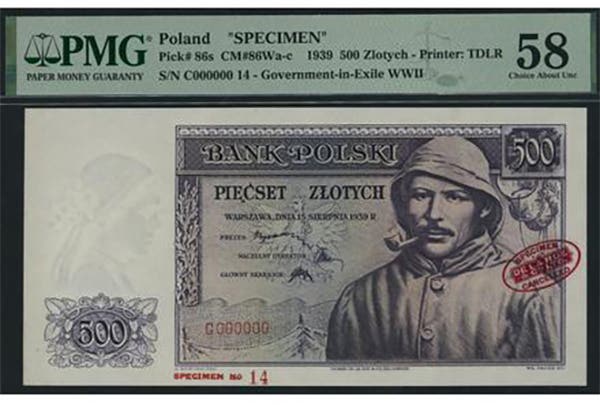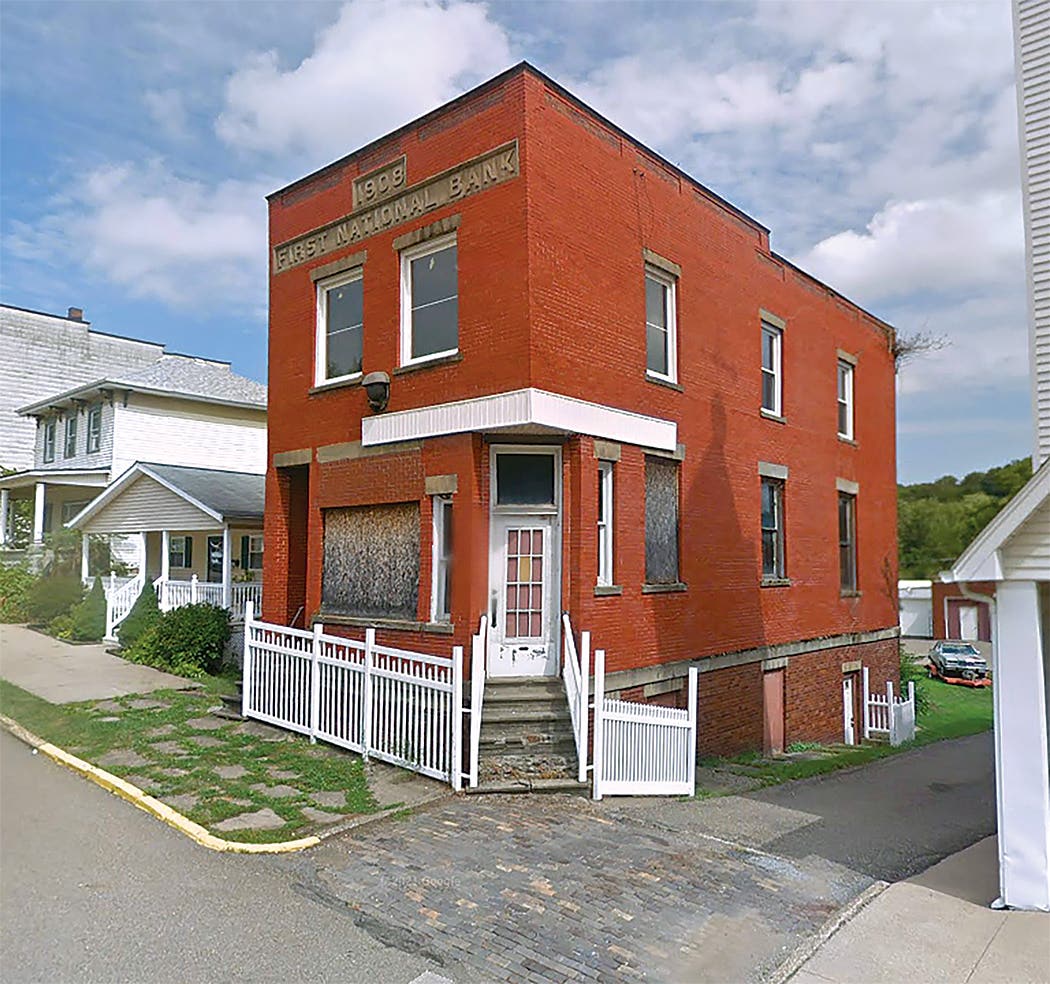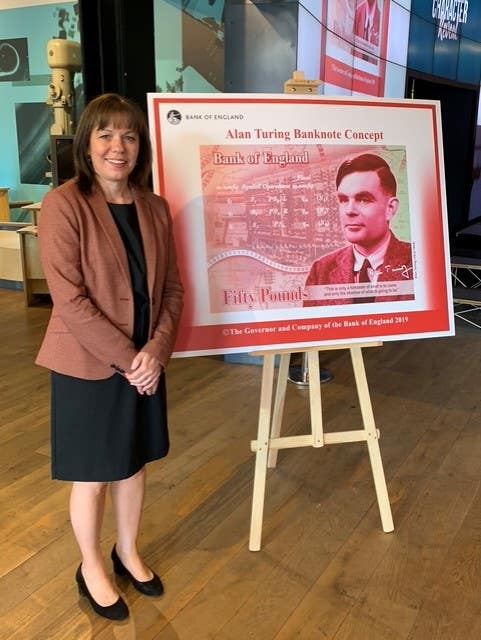West Philadelphia Passenger Railway Company Check
Means of transportation has always been foremost in the development of our towns and cities. For a great many years, the horse provided the surest way to get from place…
Means of transportation has always been foremost in the development of our towns and cities. For a great many years, the horse provided the surest way to get from place to place.
The first passenger wagon (called a “tram” because it used laid rails for its wheels) was initiated in England as early as 1807. The one in Philadelphia named on this check opened on July 2, 1858. A team of horses was used to pull the vehicle down the street. Tracks ran from 3rd St. to 41st St. along a main thoroughfare.
Some horse-drawn vehicles were small and without roofs. These were referred to as Wagonettes. The West Philadelphia outfit used larger vehicles called Horsebuses; these had spring-suspension, a roof, and two benches down the middle, similar to the Wagonettes.
In researching this company, I came across the following bit of news: people of color were not permitted to use the railway in the usual sense, but they were allowed to stand on the platform with the driver! This abysmal situation persisted until an Act of the Pennsylvania General Assembly was passed in 1867 that abolished this treatment.
The horsecar came about when newly improved rail tracks were laid. Before that, the stagecoach lines and trackless omnibuses had their routes, mostly during the earlier part of the 19th century. Horsecars with their tracks simply took over the old familiar routes used by the earlier vehicles.
The first such line with streetcars pulled by horses was begun in New Orleans in 1832. Many other communities did likewise through most of the 19th century. In fact, even with electric-powered streetcars becoming more and more numerous, it was only a gradual switch; some horse-drawn lines even persisted into the 20th century.








